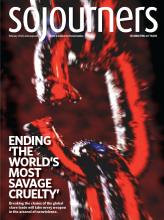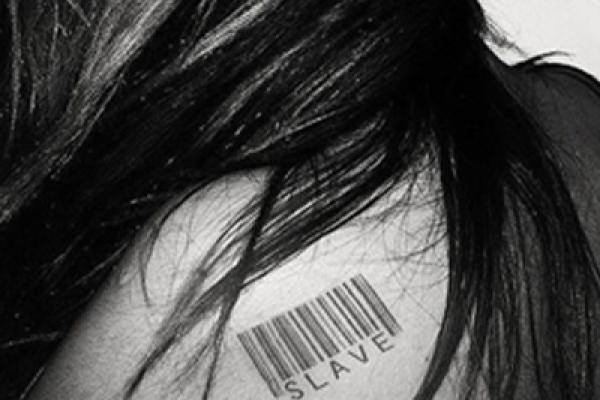A 15-YEAR-OLD Burmese girl named Aye was interviewed not long ago by antislavery activist Siddharth Kara. In all of his travels investigating global slavery, Kara writes in his 2010 exposé Sex Trafficking: Inside the Business of Modern Slavery, “I experienced no emotion more devastating than peering into the eyes of an enslaved human child. Where one expects to see the spark of innocence, one discovers instead the abyss of humankind’s most savage cruelty.”
Kara met Aye at a shelter in rural Thailand. Hunched over, she spoke in barely a whisper. She had been enslaved for 10 years, since age 4, ever since she and her mother escaped from Burmese soldiers massacring her village. Her female Thai “owner” worked Aye in her food factory 18 hours a day, every day, and beat or stabbed her if she fell asleep. She had no bed to sleep in, often no food for two days at a time. After the owner knifed Aye in the head, nearly killing her, she ran away. She had not tried to escape before, because guards always caught runaways. The owner would pull out their fingernails or burn them with a torch.
“I wanted to call the police,” Aye said quietly, “but I did not know how to dial a telephone.” She found someone to help her and filed a police report. Taken to a hospital and then a shelter, she bravely pressed charges against her captors, who were jailed for six months. “I am afraid they will come after me.”
“I want to tell my life story,” Aye told Kara, “so they know what happens to people like me. I want other people who have suffered like me to know they are not alone.”
Read the Full Article

